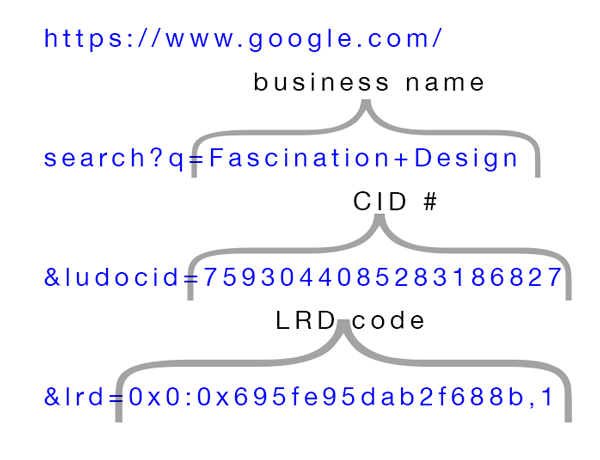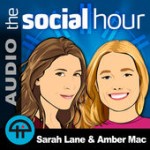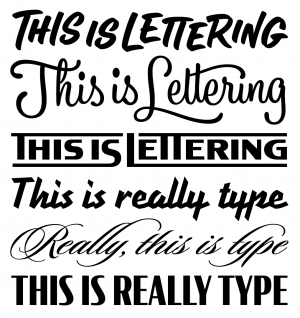There is no precise right or wrong when it comes to naming your business, project, product or publication but here are a few things you should probably think about an include in your decision making process. These are things I wish I had considered when naming my biz back in 2000.
- Name Brainstorming
- First round of searching (just google it.)
- Domain name research
- Social media account research (and is it short enough for twitter?)
- Trademark research
- SECURE IT ALL
Brainstorm it
There are so many ways to brainstorm a name and it varies based on how many people are involved. That’s not the main focus of this article so I’m going to skip forward. I want you to think about what comes after this first step so that you get set up well online and across social media.
First round of searching (google it):
- Does the name you want already exist in use?
- In your industry?
- As a major brand that will lead to confusion?
- Is it REALLY hard to spell?
Domain names search:
- Always try and buy the .com version of your name. Even if you want something short and cute that uses say .us or another ending, look for the .com and weight the cost of someone else having the .com version of your name. It’s not always a deal breaker but it weights heavily against a name if the .com is not available. There is a workaround … dashes.
- Dashes are fine in a domain name but no more than 2. Ideally no more than one. It won’t hurt or help your SEO.
- Domain names should not include “the” in most cases.
Social media:
- No more than 15 characters because that’s max for twitter. Even if you don’t want to use twitter you should keep it in mind and secure your account.
- No dashes allowed for social media versions.
- You should keep the social media names consistent in case you ever automate posts across two or more platforms. So if the name you want isn’t available across the core set of platforms and any relevant to your industry, you might want to consider something else.
- Even if you don’t want to use them, you should have at a minimum: Facebook page, Twitter account, Instagram account. There’s value in people being able to tag and link to your account which should link to your website. Snapchat I’m close to recommending for all businesses … but Instagram and Facebook are taking what works there so it’s not become a hard and fast rule yet. LinkedIn would also be good but it’s a pain to set up.
- There’s a LONG list of other social media you should look at and consider also have depending on your business, your target markets and more.
Trademark research
- Basic 1st pass can be done by anyone: http://tmsearch.uspto.gov/
- If you’re really serious and/or think there’s any chance you might be in an iffy area, you probably want to hire a lawyer that specializes in Trademarks.
Before you do ANYTHING publicly!
- Domain names MUST be purchased and social media accounts registered before you send any marketing out to anyone EVER. This is this thing called domain name squatting where someone sees and unregistered name and takes it and can hold it hostage. This has started happening some with social media as well. I have a few times purchased domain names and passed them along to people without markup who made the mistake of mailing postcards without first buying their domain name.
Extras
DBA?
Depending on where you live, you may also need to register as a DBA (doing business as) or get other areas of your legal house in order particularly if this is for a business and not just a major product done by your business.
When writing about your business/product/project/publication:
Name of a business, publication, product or entity does not need to include dashes unless we’re talking about something like “Co-op” but in text it doesn’t need to be something like Spirit-of-Cooperation unless it’s actually the domain name and has the .com at the end.



 Listen to more or subscribe to the Social Hour:
Listen to more or subscribe to the Social Hour: Listen to additional episodes of Call to Action by Unbounce:
Listen to additional episodes of Call to Action by Unbounce: